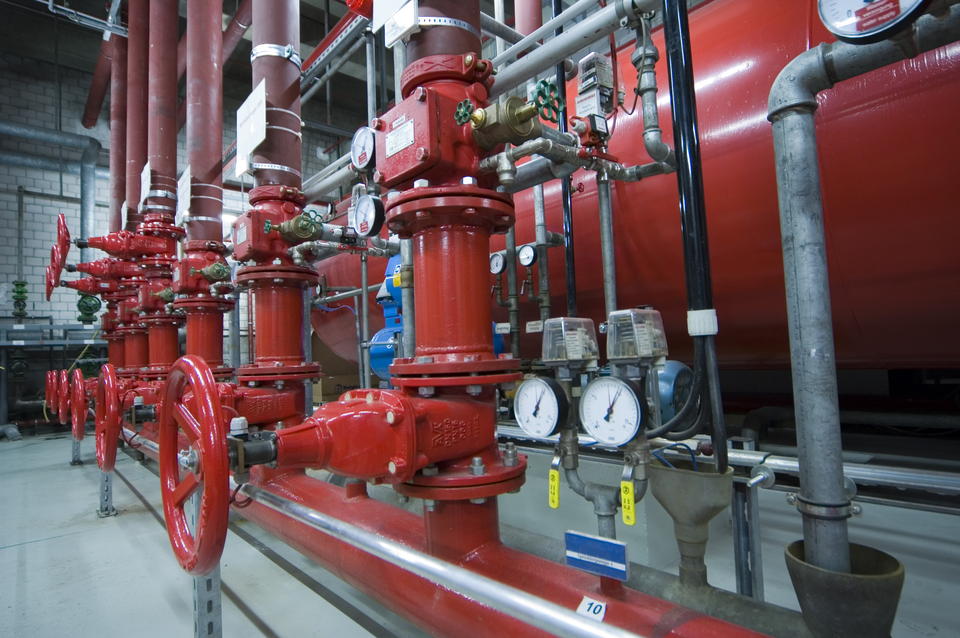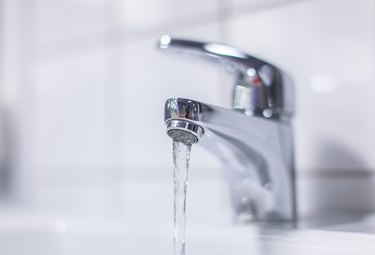Techniques to Tackle Low Water Pressure in Your Home
Techniques to Tackle Low Water Pressure in Your Home
Blog Article
What are your opinions about 4 Ways to Troubleshoot Low Water Pressure?

Low water pressure in your home can be an irritating problem, affecting everything from bathing to cleaning recipes. If you're experiencing weak water flow, there are numerous feasible causes and remedies to explore. In this guide, we'll go over usual reasons for low tide stress and practical actions to address the issue effectively.
Intro to Low Water Stress
Low tide pressure takes place when the flow of water from your faucets, showers, and other fixtures is weaker than usual. This can make everyday jobs a lot more difficult and much less efficient. Understanding the sources of low water stress is crucial to finding the right service.
Common Causes of Low Tide Stress
Faulty Pressure Regulators
Pressure regulators are accountable for keeping consistent water pressure in your home. If they malfunction, it can lead to low water pressure or uneven circulation throughout your house.
Community Supply Of Water Issues
In some cases, the trouble exists outside your home. Local water system concerns, such as main line leakages or maintenance work, can temporarily reduce water stress in your location.
Pipe Obstructions
Gradually, pipelines can come to be clogged with natural resource, debris, or particles, limiting the circulation of water. This is a typical concern in older homes with galvanized steel pipes.
Deterioration
Corrosion within pipes can cause leakages and reduced water pressure. Corrosion accumulation can tighten water circulation, specifically in aging plumbing systems.
Exactly How to Detect Low Water Stress
Examining Pipelines
Inspect noticeable pipelines for indicators of leaks, corrosion, or clogs. Pay attention to any unusual audios, such as knocking or rattling pipes, which could suggest concerns within the plumbing system.
Consulting with a Plumber
If you're not able to identify the root cause of low tide stress, think about hiring a professional plumber to perform a comprehensive inspection. They can recognize underlying concerns and advise proper options.
Inspecting Faucets and Components
Begin by evaluating the water stress at different taps and components throughout your home. If the problem is separated to details areas, it may indicate localized troubles.
DIY Solutions to Repair Low Tide Pressure
Flushing Hot Water Heater
Sediment accumulation in the hot water heater can restrict flow and decrease efficiency. Flushing the tank occasionally aids eliminate debris and maintain optimal efficiency.
Examining Pressure Regulatory Authority
Make certain that the pressure regulator is operating appropriately. Changing or changing the regulator can aid restore correct water stress throughout your home.
Cleaning Aerators and Showerheads
Natural resources can accumulate in aerators and showerheads, reducing water flow. Remove and clean these components on a regular basis to boost water pressure.
Clearing Up Clogs in Water Lines
For minor blockages, try utilizing a plumbing snake or chemical drainpipe cleaner to clear blockages in pipelines. Beware when using chemicals and comply with security standards.
When to Call a Professional Plumber
If DIY initiatives stop working to deal with the problem or if you believe significant plumbing problems, it's best to look for help from a qualified plumber. They have the competence and devices to resolve complicated concerns securely and properly.
Safety Nets to Keep Water Pressure
Mounting a Pressure Booster
Think about setting up a stress booster pump to boost water pressure in locations with consistently low flow. This can be especially useful for multi-story homes or properties with high-demand components.
Monitoring Water Use
Be mindful of water use practices and prevent ill-using the plumbing system. Simple changes, such as incredible showers and washing lots, can assist maintain adequate water stress.
Routine Maintenance
Arrange regular upkeep for your plumbing system to stop concerns such as corrosion, leaks, and blockages. Dealing with small troubles early can aid avoid more considerable repair services in the future.
Verdict
Taking care of low tide stress can be frustrating, yet determining the underlying causes and applying appropriate remedies can recover ideal flow throughout your home. Whether it's cleansing aerators, inspecting pipes, or talking to a plumber, taking aggressive actions can ensure a constant supply of water for your daily requirements.
FOUR WAYS TO FIX LOW WATER PRESSURE NOW
Turning on a shower or faucet only to find the water comes out in a sad, slow drizzle is never a good feeling. How exactly are you supposed to wash a pan or take a quick shower when it takes 10 minutes just to rinse off a little soap? The good news is that when your water pressure is bad, there's always a cause: typically one that can be easily fixed. Here are some of the most common causes of low pressure and what you can do to fix the issue:
DEBRIS AND MINERAL DEPOSIT BUILDUPS
If you notice low water pressure from just one or two of the fixtures in your house, the problem likely has to do with debris buildup. Water is full of minerals and other debris, all of which can accumulate in your pipes and on your fixtures. This can cause a blockage that affects how much water flows through. To fix this, try filling a small plastic bag with white vinegar, and use a rubber band to hang it around your showerhead or faucet. Let the head of the fixture soak for a few hours, and the vinegar should loosen the deposits.
WATER LEAKS
Leaks are another common cause of low water pressure. If water is flowing out of your plumbing through a hole or crack before it can reach your fixture, the pressure coming out of the faucet or showerhead will be lower. A plumbing professional is your best bet for finding and repairing a leak in your water supply pipes.
Leaks are another common cause of low water pressure. If water is flowing out of your plumbing through a hole or crack before it can reach your fixture, the pressure coming out of the faucet or showerhead will be lower. A plumbing professional is your best bet for finding and repairing a leak in your water supply pipes.
A VALVE ISSUE
If you have low water pressure throughout your home, check your main shut-off valve to make sure it's completely open. You may also want to see if there's a pressure-reducing valve installed. If there is, have a plumber help you adjust the settings to get the pressure you're looking for.
OTHERS USING WATER
Believe it or not, your low water pressure could be caused by your neighbors. If you notice low pressure at certain times of day, it may be because you and the people living next to you have similar schedules - when everyone is showering at the same time, the pressure will be lower in every home. Low pressure throughout the neighborhood may also be caused by an issue with your municipal water supply. If that's the case, call the supplier to see if they're working on the issue.
https://www.rotorooter.com/blog/water-leaking/low-water-pressure-fixes/

I am very curious about 4 Ways to Troubleshoot Low Water Pressure and I really hope you liked the blog post. Those who enjoyed reading our post if you please consider to pass it around. I appreciate your readership.
Book 24/7 Report this page